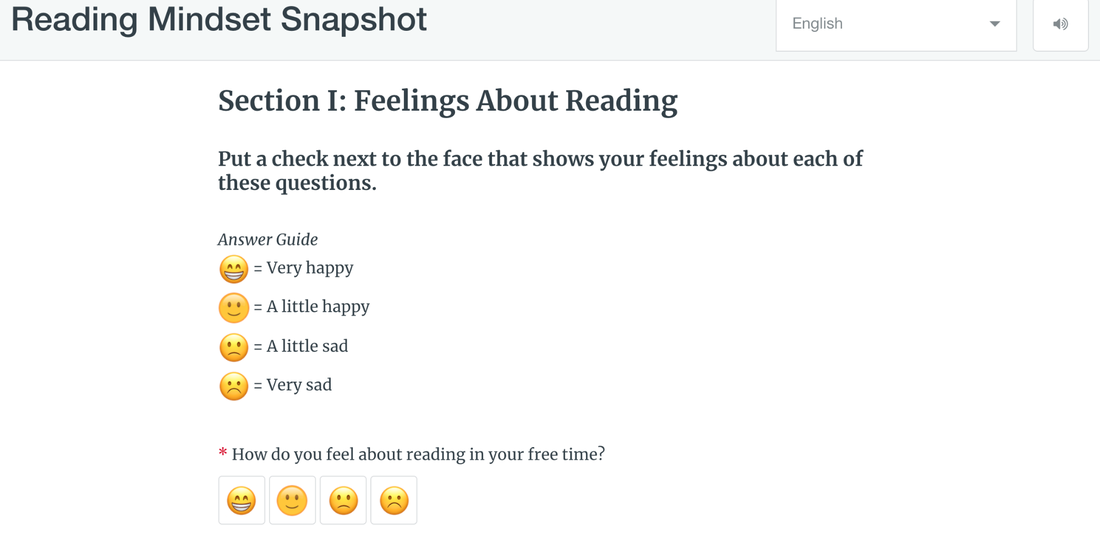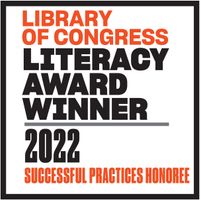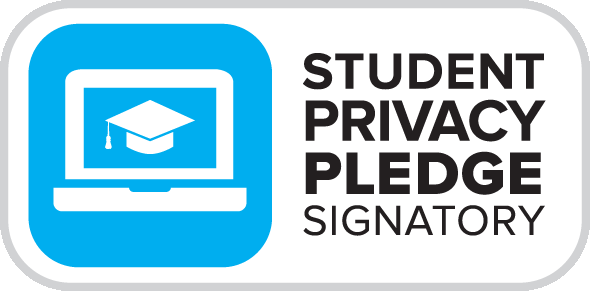|
Susanne Nobles, Ph.D. Senior Director of Teaching & Learning Educators have always understood the importance of getting to know each student personally. Remote learning has brought an increased focus to ensuring that these personal connections continue to happen even when teachers and students cannot be together physically every day. ReadWorks’ Reading Mindset Snapshot, a new digital feature on our site, offers a free and simple solution to getting to know students more deeply as individual readers. This survey-style inventory tracks students’ joy in reading and the topics they are interested in. The results of the Reading Mindset Snapshot show teachers what their students are interested in to help them find even more enjoyment in their reading. Research has shown that students read more when they are motivated by interest and choice in the topic (Guthrie, Wigfield, & VonSecker, 2000). Reading more, in turn, builds students' background knowledge and vocabulary (Cullinan, 2000; Juel, 1990). Research has shown for decades that gaps in comprehension aren’t gaps in skills, but rather gaps in knowledge. What students know about the topic of a text influences how well they comprehend that text. (Wexler, 2019; Kaefer, Neuman, & Pinkham, 2015; Recht & Leslie, 1988). Additionally, knowledge increases fluency, which can enhance code-breaking instruction and learning (Hirsch, 2003). The Reading Mindset Snapshot is a critical piece of the path to helping students develop into successful and joyful readers. Over 45,000 educators used the Reading Mindset Snapshot to learn about their students this past school year. These 313,403 anonymized student responses reveal important things about readers of all ages across the United States. First, students overwhelmingly enjoy learning from reading. Our data shows that this is their favorite kind of reading: from kindergarteners to seniors, more than 80% of students who took the Reading Mindset Snapshot said that learning new things from reading made them happy. This is important because it shows that students not only benefit from gaining new knowledge from reading, but they also enjoy such learning. ReadWorks can help educators tap into their students’ love of reading to learn to build students’ critical funds of background knowledge and vocabulary. Article-A-Day is a great place to start -- learn all about this easy, 10-minute routine here! We also learned that the Reading Mindset Snapshot successfully captures the reality of how reading fits into students’ lives -- that is, all of the findings were not 100% rosy. For example, the responses from middle school students (grades 6-8) show that their interest in all reading topics declines except for reading about inventions, technology, and design. What we know about adolescence provides a helpful background for these results: adolescence is a time of great change, causing seismic shifts in interests, while at the same time is when kids often get their first mobile phones and social media accounts. While we would have celebrated if the results showed that reading about a wide range of topics remained a top interest for adolescents, we instead celebrate that educators can trust that they will learn honest and real things about their students with the Reading Mindset Snapshot. And to not end our look at student interests on a negative note, this past year’s responses show that high school students (grades 9-12) regain interest in every topic area! Also, and interestingly, every grade, from kindergarteners to seniors, have three of the same top five interest areas (albeit in different rank order): Animals & their Habitats, Sports & Hobbies, and Making & Enjoying Art & Music. Starting in Fall 2020, the Reading Mindset Snapshot can be given regularly throughout the year so that teachers can monitor changes in students’ feelings about and interests in reading to see the impact of their instruction. The Reading Mindset Snapshot also has the following features to support all students, from pre-fluent readers to English Language Learners to students with special needs:
The team at ReadWorks is excited to provide a simple and effective way for educators to understand a little more about each of their students as readers in this critical time as they work to understand where to begin instruction again for the new school year. Give the Reading Mindset Snapshot a try—we bet you will learn something new about your students! Works Cited Cullinan, B. E. (2000). Independent reading and school achievement. School Library Media Research, 3(3), 1-24. Guthrie, J. T., Wigfield, A., & VonSecker, C. (2000). Effects of integrated instruction on motivation and strategy use in reading. Journal of Educational Psychology, 92(2), 331-341. Hirsch, E.D., Jr. (Summer, 2003). Reading comprehension requires knowledge—of words and the world. American Educator 27 (1), 10-22, 28-29, 44. Juel, C. (1990). Effects of reading group assignment on reading development in first and second grade. Journal of Reading Behavior, 22(3), 233-254. Kaefer, T., Neuman, S. B., & Pinkham, A. M. (2015). Pre-existing background knowledge influences socioeconomic differences in preschoolers’ word learning and comprehension. Reading Psychology, 36(3), 203-231. Recht, D. R., & Leslie, L. (1988). Effect of prior knowledge on good and poor readers' memory of text. Journal of Educational Psychology, 80(1), 16-20. Wexler, N. (2019). The knowledge gap: The hidden cause of America’s broken education system—and how to fix it. Avery: New York.
4 Comments
omar mendez
11/18/2020 10:03:48 am
need more Articles about Spanish Countries, concerns and issues for 5-8th grades
Reply
11/18/2020 06:15:48 pm
susanne
Reply
Leave a Reply. |
Categories
All
Archives
July 2024
|


















